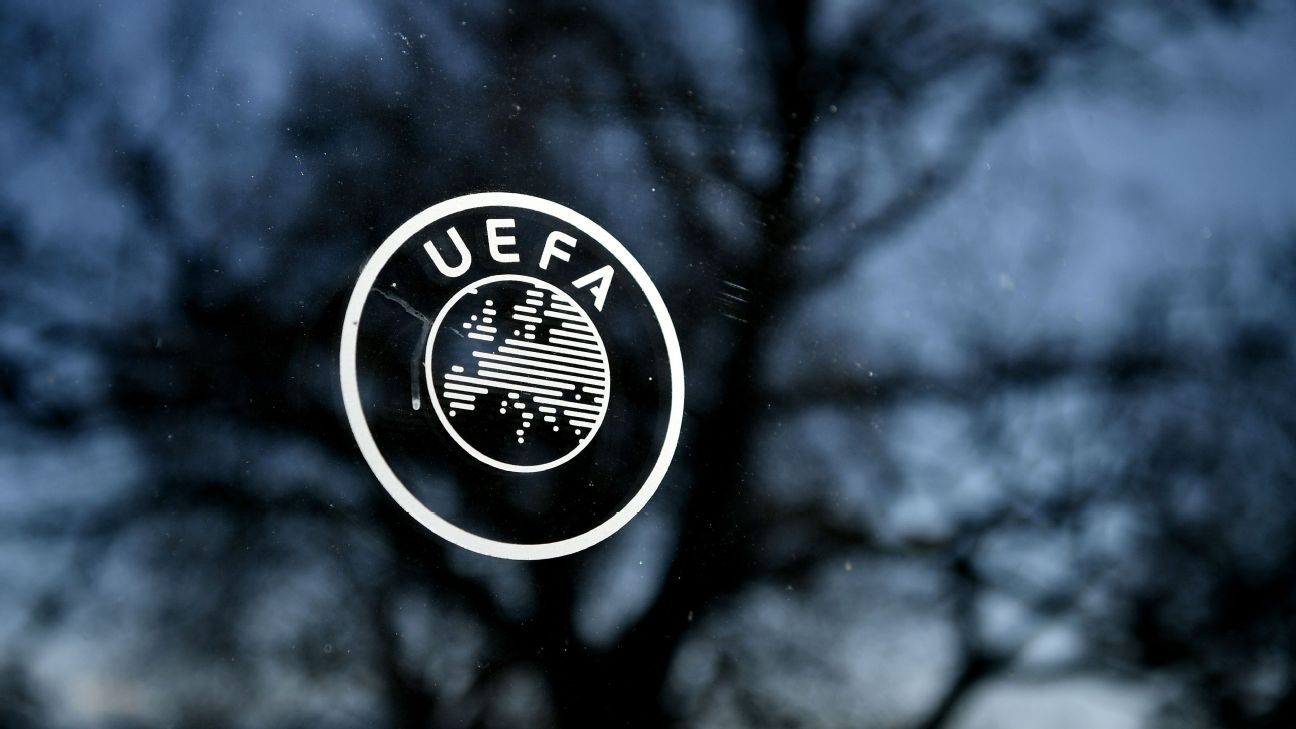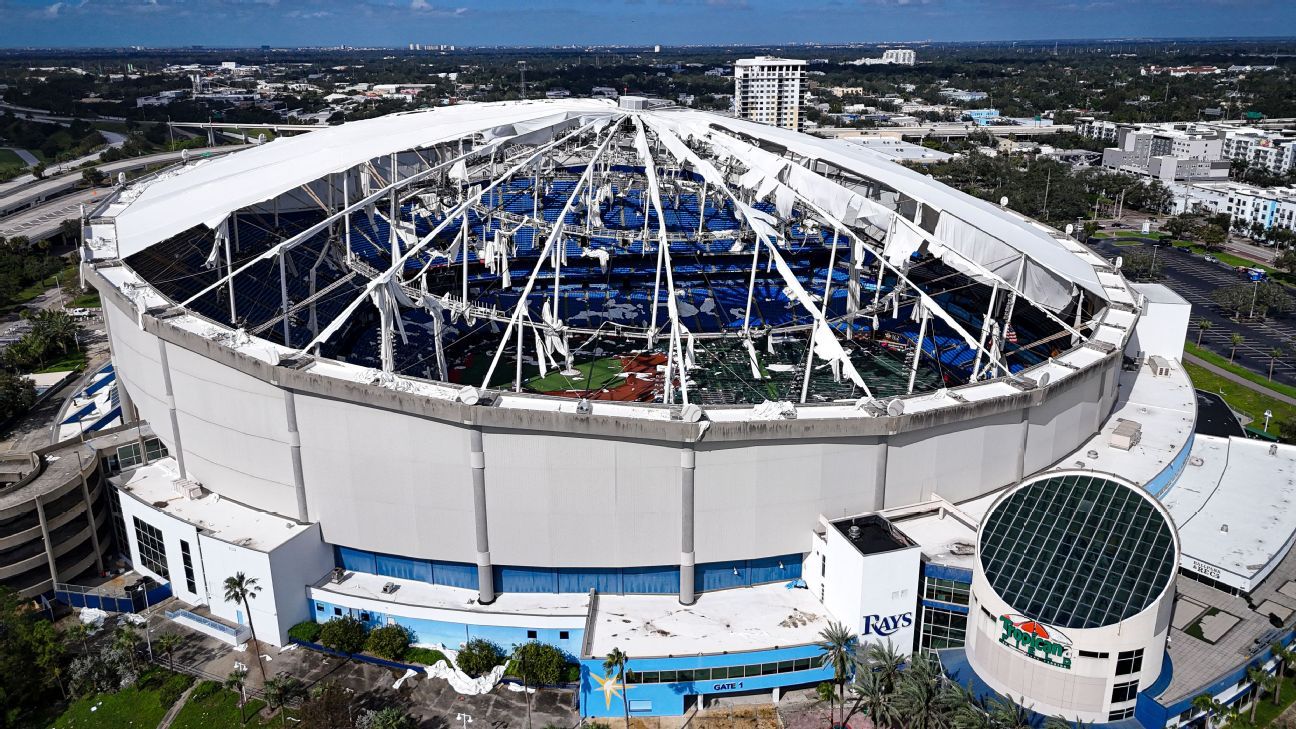
Britain’s two-time Olympian and four-time AAA champion in the late 1940s and early 1950s passes away aged 95
One of the most popular British athletes of the post-war period, Bill Nankeville, has died aged 95. A two-time Olympian, he finished sixth in the 1500m final in London in 1948 before going on to capture four AAA one-mile titles and a bronze medal at the European Championships in 1950.
During an era when tens of thousands of fans packed into the White City Stadium to watch athletics, Nankeville was one of the biggest names in the sport as he entertained spectators with his elegant style and tactical acumen.
In recent years he has become known to many as “Bobby Davro’s dad”, but for those familiar with his middle-distance running exploits he was one of the legendary figures of British athletics and the comedian Davro was simply “Bill Nankeville’s son”.
Davro, who achieved fame as a television comedian in the 1980s before later appearing in EastEnders, broke the news of his father’s death on social media on Friday (January 10) with an emotional message that read: “Today I lost my best friend and my hero. The most wonderful human being I have ever known. I’m so proud of him. He was GB mile champion and represented his country in two Olympic games but to me he was just “Dad”. I will miss him so very much and I will love him forever.”
Today I lost my best friend and my hero.The most wonderful human being I have ever known.
I'm so proud of him.
He was GB mile champion and represented his country in two Olympic games but to me he was just "Dad". I will miss him so very much and I will love him forever ? pic.twitter.com/TkpaJasnSL— Bobby Davro (@BobbyDavro1) January 8, 2021
Born on March 24, 1925, Nankeville’s early career was interrupted by World War II. He joined the army himself when he was 19 in April 1944 and made parachute containers and petrol tanks before being posted overseas to Brussels, Hamburg and to the concentration camp at Belsen shortly after it was liberated in 1945.
Running for the army in Belgium rekindled the athletics ability he had shown as a child and he soon began to make an impact. His rise was swift and in 1948 he won the first of a quartet of AAA one-mile titles and reached the Olympic 1500m final in London.
The Olympic final was run on a rain-soaked track with Swedish duo Henry Eriksson and Lennart Strand finishing one-two with Nankeville just over a couple of seconds behind the winner in sixth place.
Two years later at the European Championships in Brussels he won a bronze medal in a race won by Wim Slijkhuis of the Netherlands.
Bill Nankeville on the cover of AW – June 14, 1952
When the next Olympics took place, however, in Helsinki in 1952, Nankeville finished ninth in his semi-final as the leading British runner was Roger Bannister, who finished fourth in a final won by Josy Barthel of Luxembourg.
Bannister was one of Nankeville’s big rivals during the period. On the track there was little to separate them whereas off the track they were very different characters with Bannister being part of the Oxbridge elite and Nankeville more of a working-class runner who had grown up as the son of a milkman.
Bannister interrupted Nankeville’s streak of AAA one-mile victories by taking the 1951 title. However, Nankeville won the race in 1948-50 (smashing the championship record in 1949 with 4:08.8) and in 1952 with his latter victory in front of the Queen and a crowd of 46,000 at the White City.
Nankeville and Bannister teamed up with Chris Chataway and Don Seaman to break the world 4 x one-mile record with 16:41.0 in 1953. In addition, Nankeville was part of teams that broke relay world records for the 4 x 880 yards (7:30.6) in 1951 and 4 x 1500m (15:27.2) in 1953.
Bannister achieved more notoriety than Nankeville courtesy of his sub-four-minute mile achievements and is also pictured leading Nankeville on the cover of Nankeville’s autobiography The Miracle of the Mile. Yet despite this they got on well off the track and they would speak on the phone up until Bannister’s death in 2018.
Indeed, Nankeville rubbed shoulders with many of the athletics greats during that period. On one occasion, for example, he was part of a Walton AC team in the London to Brighton road relay with Chataway and Alan Turing – the computer pioneer and wartime code-breaking genius who was also, at the time, an Olympic hopeful in the marathon.
It was a very different era to the one that top athletes experience today and in an interview with the Mail on Sunday on the eve of the London Olympics in 2012, Nankeville said: “We ate stodge, ran on grass that became mud, didn’t do it for money – and went home on the bus when our races were done.”
He added: “If I needed building up a bit, my coach would give me a cup of sherry, egg and sugar, the old tonic. We never had drugs. We just had Horlicks … and the tonic.”
After his athletics career ended, Nankeville worked for a sports manufacturing company and earned a reputation as a ‘Del boy’ figure due to his sharp business sense and likability.
He was also known for his immense charm and his friend and fellow middle-distance runner Mike Fleet told AW: “He was a super character. A very funny man.”
Lead photo by Mike Fleet















 Phone: (800) 737. 6040
Phone: (800) 737. 6040 Fax: (800) 825 5558
Fax: (800) 825 5558 Website:
Website:  Email:
Email: 






